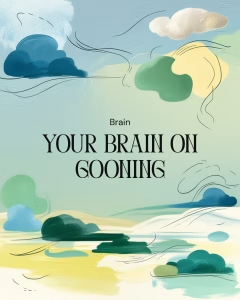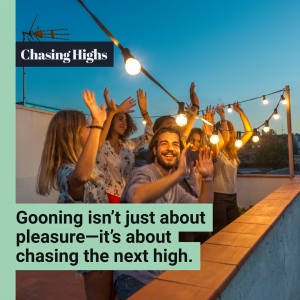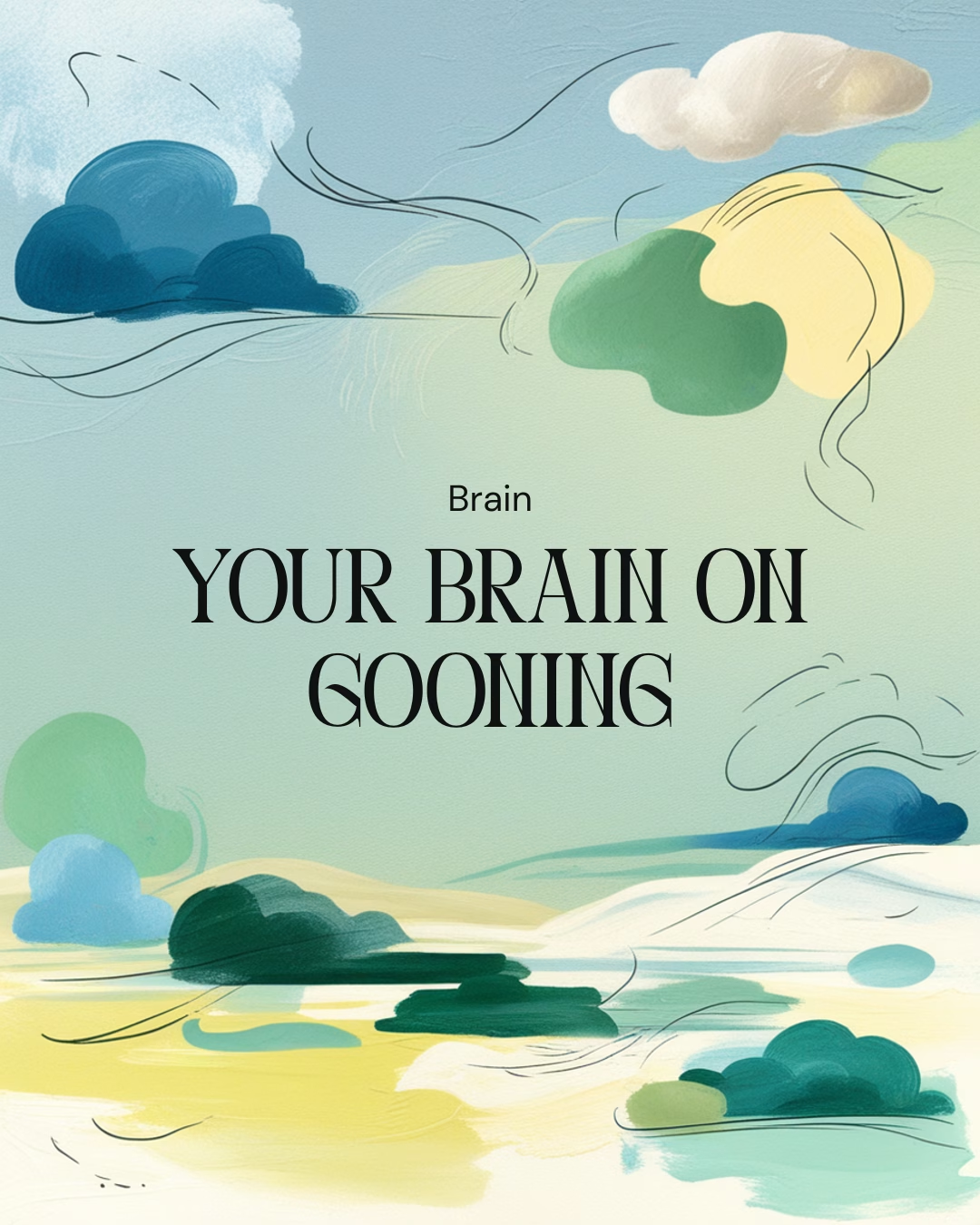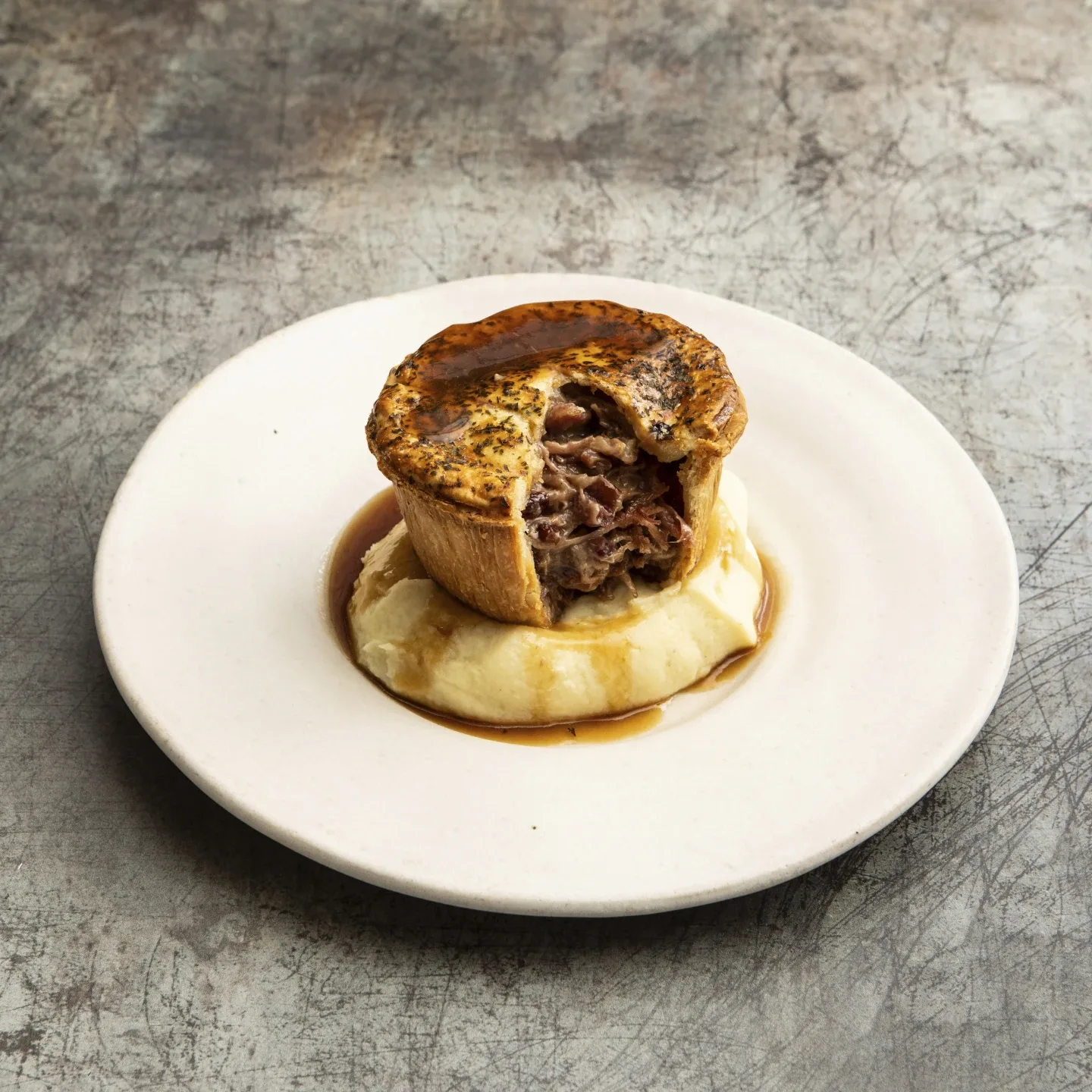The Addictive Spiral of Endless Pleasure
You told yourself just 10 more minutes… but suddenly, it’s 3 AM. Your screen is a blur of hypnotic flashes, your body is locked in a relentless rhythm, and your mind is floating somewhere between euphoria and exhaustion.
Welcome to Gooning—the art of losing yourself in an endless loop of stimulation, where time dissolves and pleasure takes over.
But why is it so impossible to stop once you start? And why does part of you not even want to?
Let’s dive into the neuroscience, psychology, and raw hedonistic power of gooning—and why your brain craves it like nothing else.
1. Dopamine Overload: The Brain’s Reward System in Overdrive
Gooning isn’t just about pleasure—it’s about chasing the next high. Every new image, video, or fantasy triggers a dopamine rush, the same neurotransmitter linked to addiction, gambling, and junk food binges.
-
The “Wanting” vs. “Liking” Cycle – Neuroscientists distinguish between liking pleasure and wanting more. Gooning hijacks this system—you might not even enjoy it after a while, but your brain demands you keep going.
-
The Cliffhanger Effect – Edging keeps dopamine surging without release, making the craving even stronger.
-
Decision Fatigue – The longer you goon, the harder it is to stop. Your prefrontal cortex (responsible for self-control) weakens, while your primal brain screams “MORE.”
2. Hypnotic Trance: The Goon

State Is a Real Altered Consciousness
Ever felt like you’ve entered a pleasure coma, where nothing exists except the next stroke, the next trigger? That’s because gooning induces a dissociative trance state:
-
Time Distortion – Hours feel like minutes.
-
Hyperfocus – The outside world fades away.
-
Loss of Self – You become pure sensation, chasing the next wave without thought.
This is why gooners describe it as “brain melting”—you’re essentially short-circuiting higher thought for raw, animalistic pleasure.
3. The Forbidden Thrill: Why Taboo Makes It Even More Addictive
Gooning isn’t just physically stimulating—it’s psychologically intoxicating. The secrecy, the shame, the feeling of “I shouldn’t be doing this” actually amplifies the rush.
-
Cognitive Dissonance – The clash between “this is wrong” and “this feels amazing” creates a feedback loop.
-
Forbidden = More Exciting – Just like binge-eating or thrill-seeking, the taboo nature makes your brain latch onto it harder.
-
The “One Last Time” Lie – Sound familiar? That’s your brain rationalizing just one more hit before quitting… which never happens.
4. Can You Stop? (Do You Even Want To?)
Here’s the uncomfortable truth: Gooning isn’t just a habit—it’s a compulsion.
-
Withdrawal is real – If you try to quit, your brain will rebel with cravings, irritability, and intrusive thoughts.
-
The Sunk Cost Fallacy – “I’ve already wasted hours, might as well keep going.”
-
The Goon Identity – For some, it becomes part of who they are—a secret alter ego that thrives on the rush.
But here’s the twist: Not everyone wants to stop. And that’s okay—if you’re aware of the trade-offs.
5. The Dark Side: When Gooning Takes Over
 For some, gooning stops being fun and starts being a trap. Signs it’s gone too far:
For some, gooning stops being fun and starts being a trap. Signs it’s gone too far:
-
Missing sleep, work, or social events to goon.
-
Feeling numb to normal pleasures.
-
Failed attempts to quit, followed by even harder binges.
If this sounds like you, it might be time to reset your brain’s reward system—through dopamine detoxes, habit replacement, or professional help.
Ride the Wave—Or Break the Cycle
Gooning is one of the most intense dopamine experiences you can have without drugs. It rewires your brain to crave the spiral, making escape difficult—but not impossible.
The question is: Do you control the goon, or does the goon control you?
Either way, now you know why you can’t stop… and why part of you doesn’t want to.




